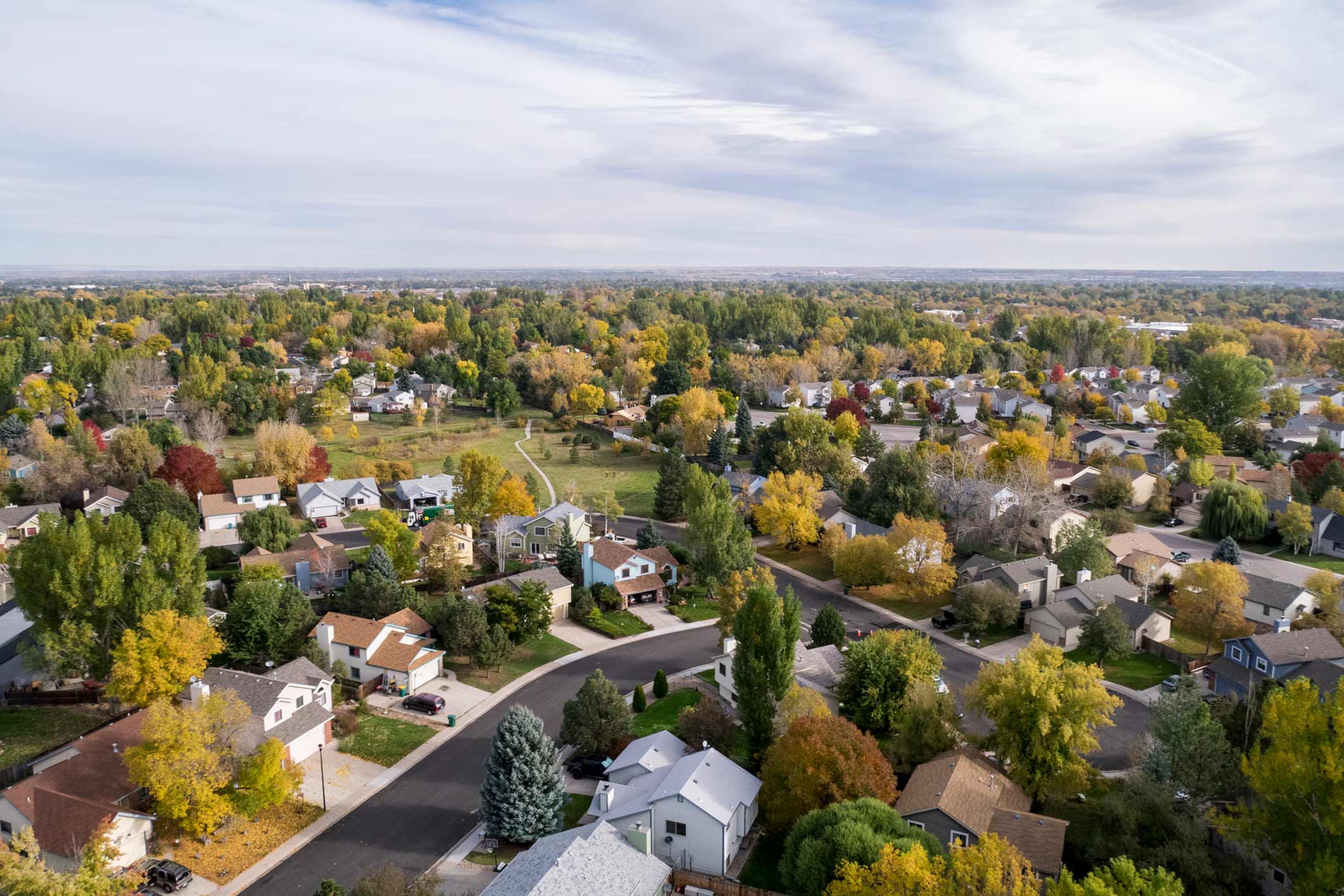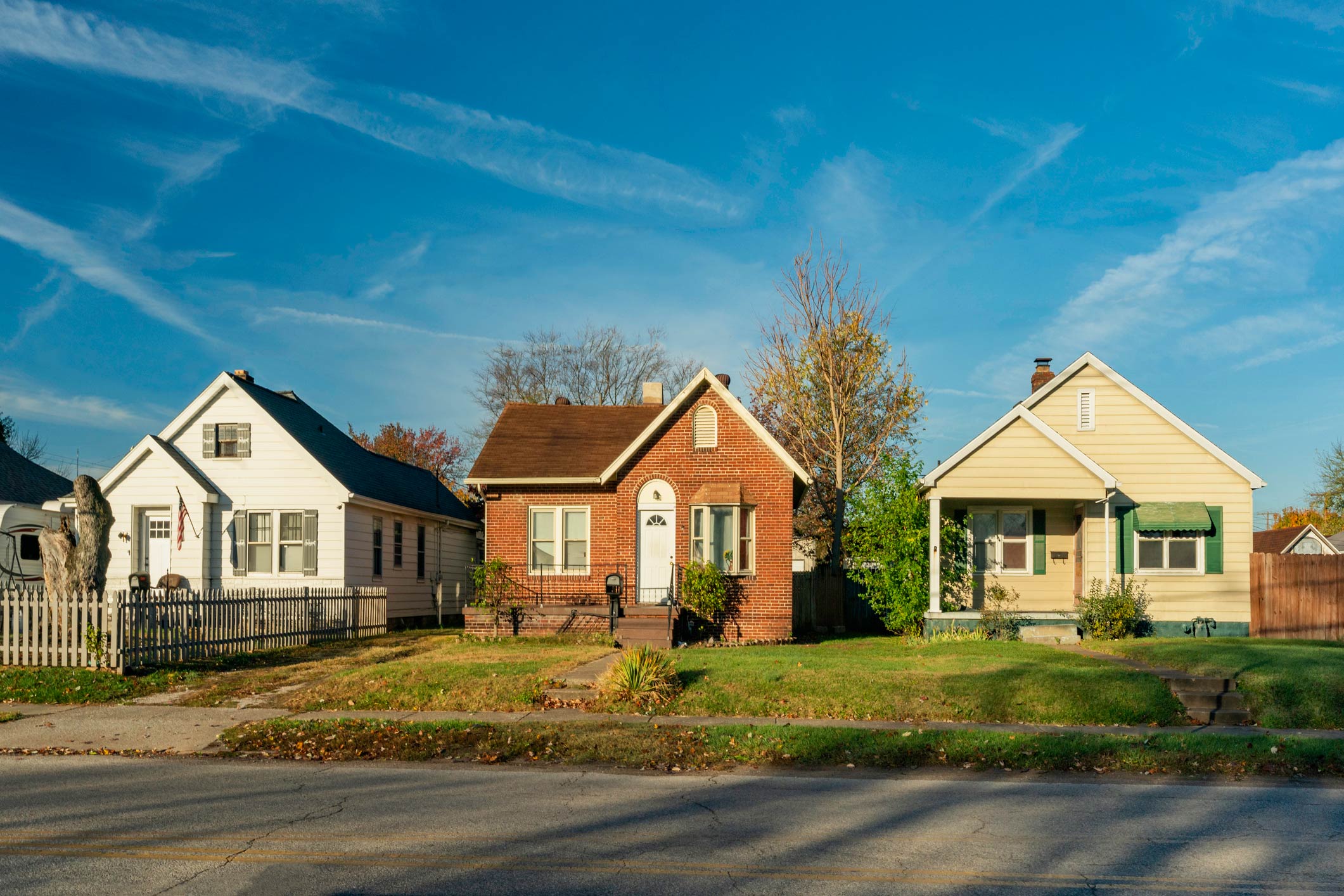What to Know About Private Mortgage Insurance
Private Mortgage Insurance (PMI) can help you buy a home with a lower down payment. Before you choose this option, it’s important to understand what it is, how it will impact your monthly mortgage cost, and how and when you can remove the additional charge.
What is PMI?
PMI is a type of mortgage insurance that’s usually required with a conventional loan when the buyer makes a down payment of less than 20% of the home’s value. PMI protects the lender if the buyer stops making loan payments since it’s riskier for a lender to give a mortgage with less than a 20% down payment from the buyer.
The most important thing to know about PMI is that it’s not forever. Generally, PMI can be removed from your monthly payments in two ways: when you pay your loan balance down below 80% of the purchase price of your home, or once you have achieved 20% equity in your home.

Homeowner tip
PMI is not homeowners insurance, which provides financial protection from damages to your home. It is an additional monthly cost that’s rolled into your mortgage payment and protects only the lender, not you.
Common questions about PMI
Pros and cons of PMI
Whether PMI makes sense for you will depend on your individual financial situation. Here are some pros and cons to help you decide.
Pros
- You may be able to make as little as a 3% down payment.
- You can request cancellation of PMI.
- PMI is potentially more affordable for those with high credit scores.
- There is no upfront premium.
- You can buy a home more quickly.
Cons
- PMI increases the cost of your loan over time.
- If you have a low credit score, PMI can be expensive.
- Putting less than 20% down may cause you to receive a higher interest rate
When you bought your home, your lender provided you with something called an "amortization schedule." This indicates when your loan balance is due to reach 80% of the property's original value - in fact, it will provide an exact date. Keep an eye on this date and on your progress toward that milestone because it may be the date you're eligible to terminate PMI.
When your loan balance reaches 78% of the original value, PMI may be terminated automatically — to potentially avoid paying more than necessary, simply contact your loan servicer when your balance hits 80% of the original value to determine if you are eligible to terminate PMI. To request termination based on the equity in your home’s current value, contact your loan servicer to discuss options for termination of PMI.
Homeowner tip
In some cases, to remove PMI you’ll need to show you haven’t made a payment 30 days or more past due in the last year and no payment 60 days or more past due in the past two years.






